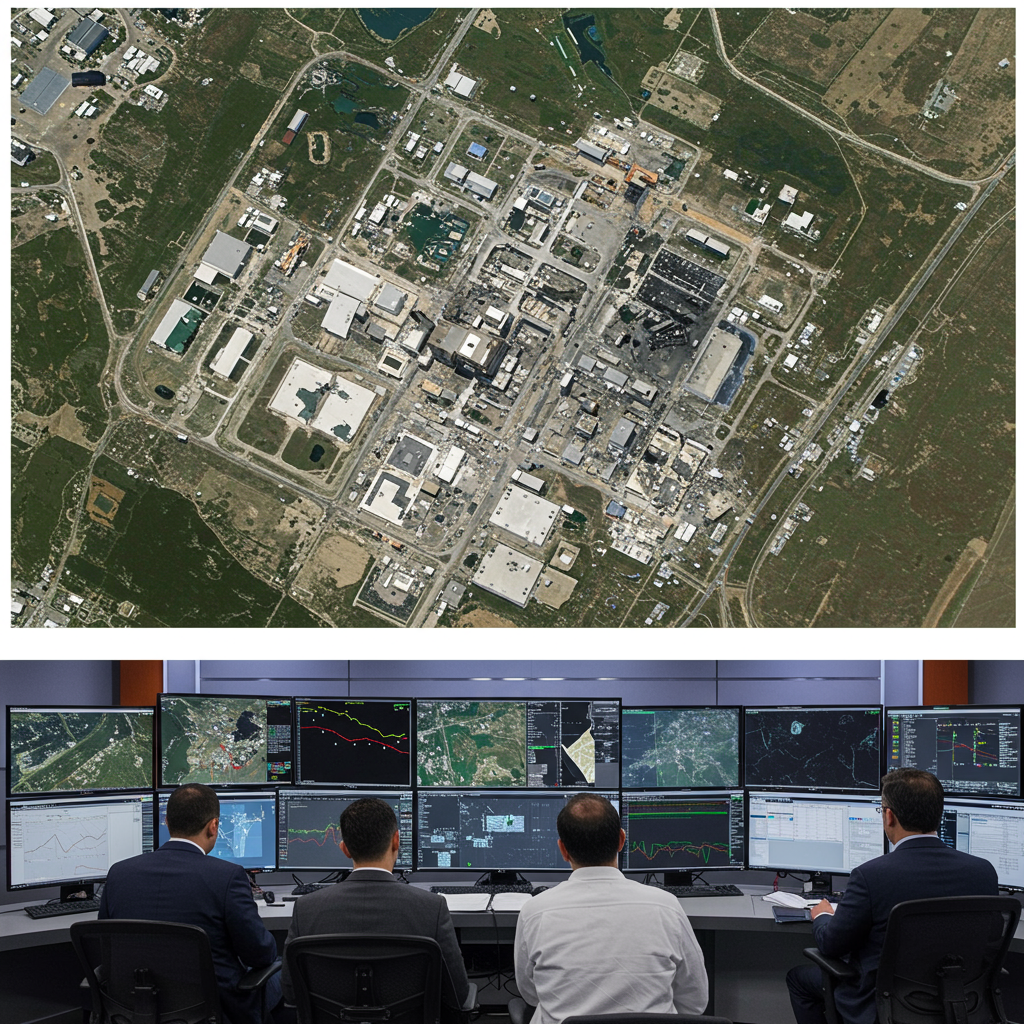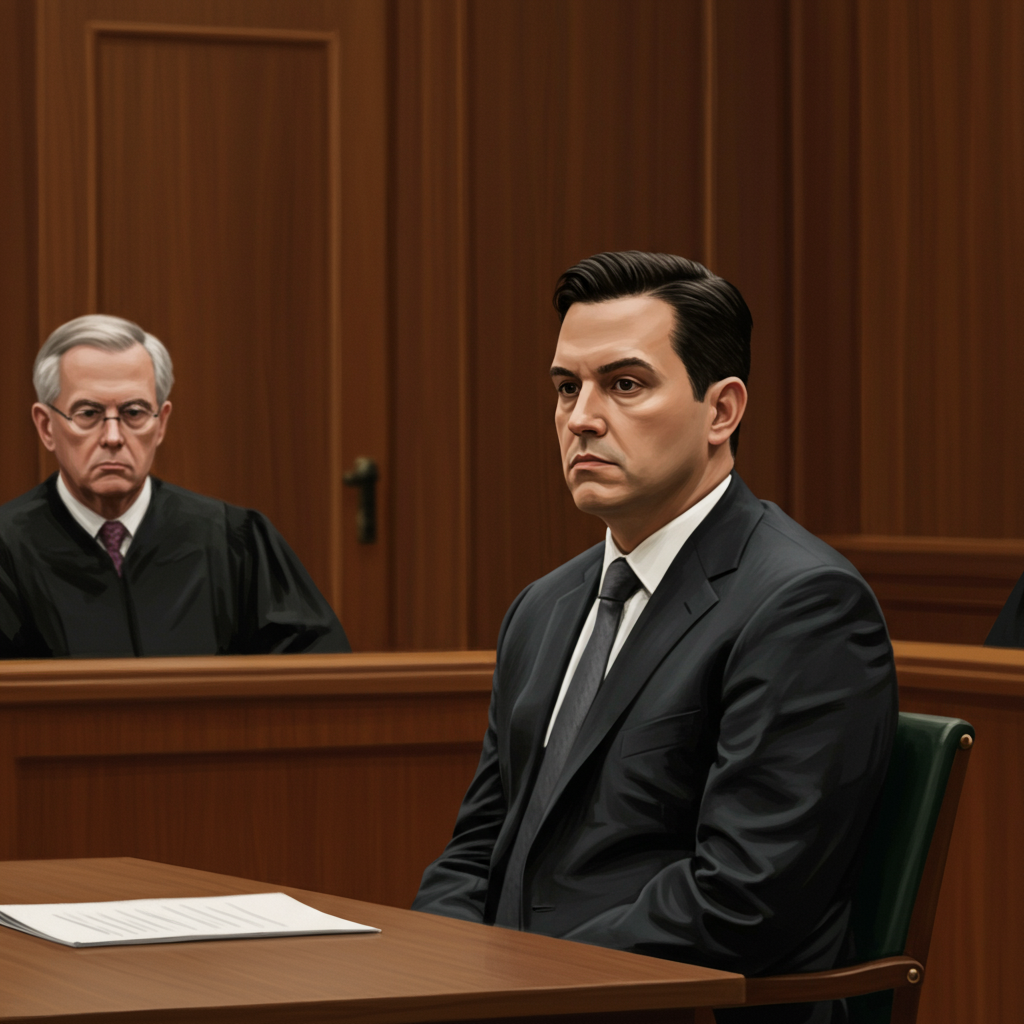US Strikes Target Iran’s Nuclear Ambitions: Damage Seen, But Is the Program Finished?
Following recent U.S. military strikes on key Iranian nuclear facilities, U.S. officials have asserted a devastating blow to the nation’s nuclear program. However, independent experts who have analyzed commercial satellite imagery offer a more nuanced and cautious assessment: significant damage is evident, but Iran’s long-standing nuclear enterprise appears far from destroyed.
The targeted operation, code-named “Operation Midnight Hammer,” was carried out early Sunday morning local time. It reportedly involved B-2 Spirit bombers deploying massive 30,000-pound bunker-buster bombs (Massive Ordinance Penetrators) and a U.S. submarine launching numerous cruise missiles.
Secretary of Defense Pete Hegseth declared the strikes a success, stating Iran’s “nuclear ambitions have been obliterated.” Yet, experts tracking Iran’s nuclear activities provide a contrasting view based on photographic evidence from space.
Satellite Imagery Reveals Impact on Key Sites
Commercial satellite images analyzed by experts, such as those provided by Maxar Technologies, confirm that the strikes hit their intended targets.
Fordo: This deeply buried enrichment site near Qom appears to have been hit by multiple bunker-busters. Satellite imagery shows visible surface damage, including several deep penetration points around the facility, consistent with the use of Massive Ordnance Penetrators. Ashy debris is also visible over much of the site. Experts speculate that bombs may have targeted ventilation systems and the main hall housing centrifuges.
Natanz: At Iran’s primary enrichment site, an underground centrifuge facility was struck by bunker-busters.
- Isfahan: Cruise missiles targeted buildings and tunnel entrances at this third nuclear site. Satellite imagery confirms damaged structures at this location.
- www.npr.org
- www.hppr.org
- www.news18.com
- www.ideastream.org
- www.aljazeera.com
While the satellite visuals clearly show physical damage, the extent of destruction, particularly to deeply buried components like Fordo’s centrifuge hall, remains difficult to definitively assess from space alone. Experts offer differing opinions on whether the underground facilities were fully destroyed or merely damaged on the surface.
The Critical Omission: Iran’s Uranium Stocks
Despite the apparent success in hitting infrastructure, the most significant concern raised by independent experts is the fate of Iran’s highly enriched uranium stocks. Experts like Jeffrey Lewis of the Middlebury Institute and David Albright of the Institute for Science and International Security believe this critical material was likely not destroyed in the strikes.
“At the end of the day there are some really important things that haven’t been hit,” says Jeffrey Lewis, highlighting that Iran still possesses this material and its current location is unknown.
Evidence supporting this concern comes from commercial satellite imagery captured in the days immediately preceding the U.S. strikes. These images show “unusual activity,” including trucks observed at the entrances of both the Fordo and Isfahan facilities. Experts interpret this as potential efforts by Iran to seal tunnels or, more significantly, to move enriched uranium out of the sites in anticipation of an attack. “One would assume that any enriched uranium stocks were hauled away,” notes David Albright.
The International Atomic Energy Agency (IAEA) had previously estimated Iran possessed over 400 kilograms of 60% enriched uranium 235. Independent experts calculate this amount is sufficient for roughly ten nuclear bombs. This material is transported in relatively small containers that could easily be moved in vehicles, making pre-strike relocation a plausible scenario.
Program Setback, Not Destruction: The Risk of Reconstitution
While acknowledging that the strikes have likely set back Iran’s program by damaging infrastructure and potentially destroying some centrifuges, experts caution that this is not a fatal blow. Albright suggests the program has been “seriously set back,” but stresses that “there’s a lot of odds and ends.”
Iran may possess thousands of uranium-enriching centrifuges that were never installed. Should the enriched uranium have been moved to a covert location, these uninstalled centrifuges could theoretically be used to quickly enrich the existing 60% material to the weapons-grade 90% level. While further steps would be needed to fashion this into a weapon, the core fissile material and means for further enrichment could still be available outside the targeted sites.
Minimal Off-Site Environmental Impact Expected
Amidst concerns over strikes on nuclear facilities, assessments indicate minimal widespread environmental impact outside the targeted sites. The IAEA and nuclear safety experts do not anticipate significant off-site radiation release or contamination.
Experts explain this is partly because the primary materials involved, such as uranium hexafluoride (UF6), are considered low-hazard regarding radioactive materials. UF6 molecules are also large and heavy; should a container rupture, the gas is unlikely to travel far through the air, localizing contamination to the immediate area. For the deeply buried Fordow site, the significant mass of rock collapsing onto the facility from bunker-buster impacts is expected to further contain any potential release, including chemical hazards like hydrofluoric acid formed by UF6 reacting with moisture.
Past incidents, such as an earlier strike on the aboveground section of Natanz, support this, showing no external radioactivity increase despite causing internal contamination (both radiological and chemical). Regional monitoring by bodies like the Gulf Cooperation Council (GCC) has also detected no abnormal radiation levels in neighboring states.
However, the IAEA Director General, Rafael Grossi, has previously highlighted that military action targeting nuclear facilities inherently increases the chance of a radiological or chemical release, underscoring the inherent risks involved.
Diplomacy, Not Bombing: The Path Forward
Ultimately, both Lewis and Albright agree that military strikes, even highly effective ones, are unlikely to permanently end Iran’s nuclear program. Bombing campaigns, no matter how “brilliant,” probably won’t achieve the desired long-term outcome.
They maintain that the most reliable path to dismantling Iran’s nuclear weapons potential lies in robust international nuclear inspections and cooperation from the Iranian regime, likely achieved through a diplomatic agreement. The presence of potentially relocated uranium and uninstalled equipment means the capability could persist or be rebuilt outside the scope of military strikes.
The strikes have caused damage and likely imposed a setback, but the expert consensus, informed by satellite analysis and understanding of Iran’s capabilities, indicates that the nation’s nuclear program is bruised, not broken. The critical question of the enriched uranium’s location remains a significant unresolved issue.



